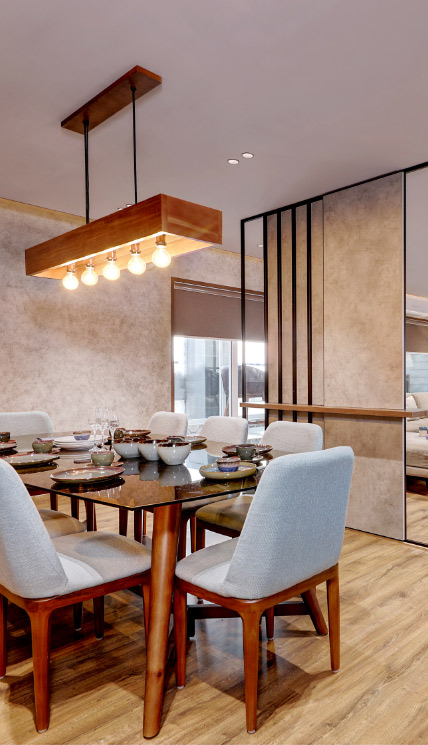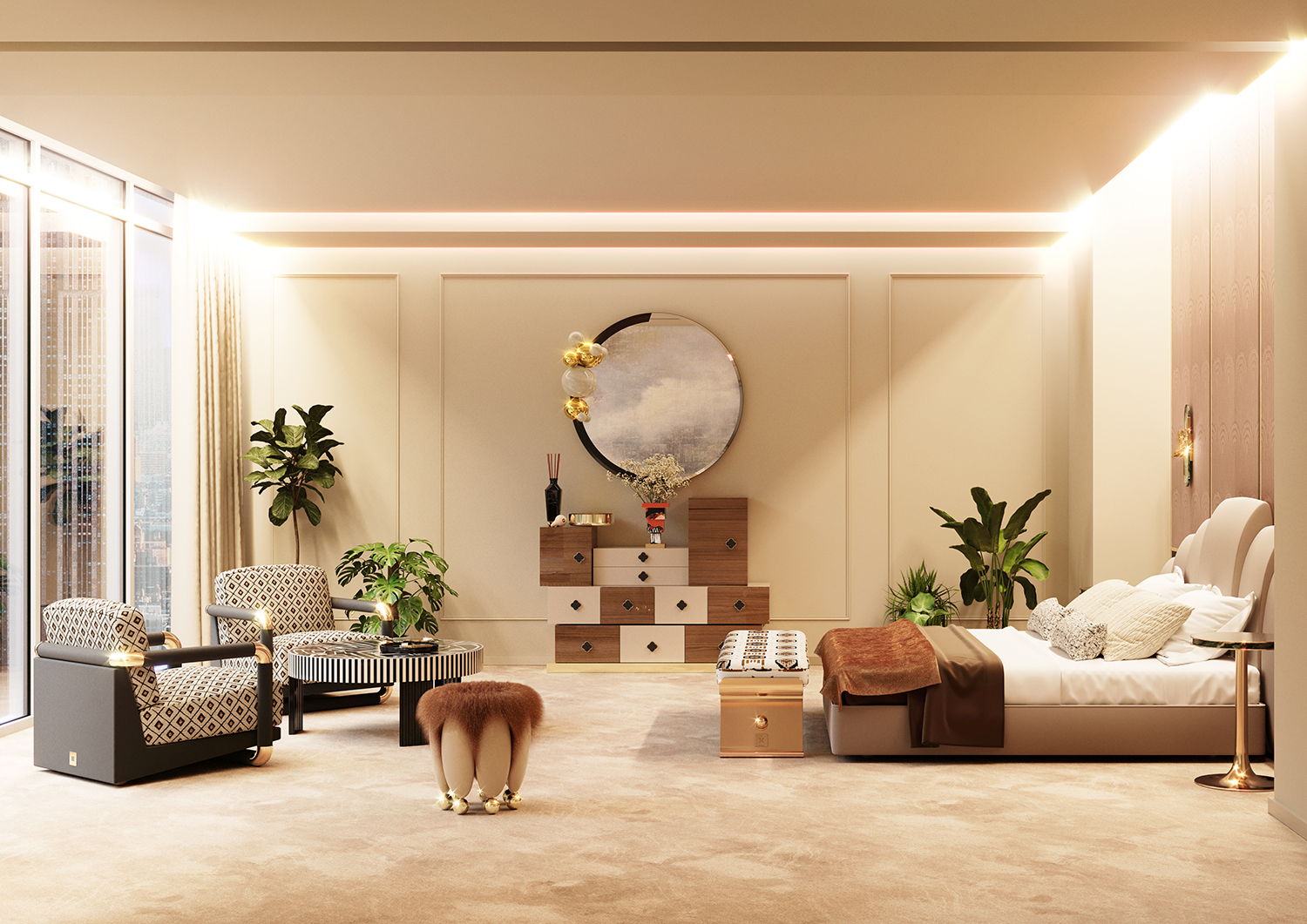Upgrade your space with expert miami interior design tailored to your style and needs.
Upgrade your space with expert miami interior design tailored to your style and needs.
Blog Article
Transform Your Home With Crucial Concepts of Inside Design and Appearances
The art of changing your home via the essential principles of indoor style and looks calls for a thoughtful strategy that integrates color, equilibrium, and spatial recognition. By recognizing the influence of shade theory and the significance of structure and patterns, one can produce areas that are not only visually enticing yet additionally deeply personal. Attaining this stability involves more than simple decoration; it incorporates a strategic setup and an eager understanding of just how each component connects within an area. As we check out these foundational concepts, take into consideration how they could redefine your understanding of home and individual expression.
Recognizing Shade Theory
Comprehending the concepts of color theory permits designers to create spaces that resonate mentally with passengers while meeting practical needs. Each group plays an important role in developing harmony within a room.
The psychological impact of colors is profound; cozy hues such as reds and oranges stimulate power and heat, while trendy tones like blues and greens promote peace and peace. Moreover, the usage of corresponding shades boosts visual passion, developing striking contrasts that can raise an area's allure.
Neutral colors, on the other hand, function as a flexible background, enabling various other style elements to radiate. It is important to take into consideration factors such as lighting and the area's objective when selecting a color palette, as these can alter the perception of shades throughout the day.
Inevitably, a well-considered color pattern can change an area, promoting a sense of comfort and design that aligns with the occupants' preferences. Mastery of shade concept is, consequently, a crucial ability for any kind of indoor designer aiming to develop unified and inviting settings.
Attaining Equilibrium in Style
How can developers attain a sense of balance in their areas? Achieving equilibrium in layout is essential to creating unified insides. Designers can utilize 3 main sorts of equilibrium: symmetrical, asymmetrical, and radial. Balanced balance involves preparing aspects evenly around a central factor, promoting a sense of order and peace. This type often includes sets of furniture or art work, improving aesthetic stability.
Asymmetrical equilibrium, on the various other hand, relies upon differing components that still achieve a natural look. This technique permits even more dynamic and casual arrangements, supplying passion while preserving equilibrium. By meticulously choosing differing sizes, shades, and appearances, designers can create an aesthetically compelling area that really feels well balanced yet energetic.
Radial balance stresses a central focal factor with components radiating external. This design is commonly seen in round formats, where furniture and design develop a natural surround that draws the eye inward.
Inevitably, achieving balance needs thoughtful factor to consider of range, proportion, and the relationships in between components. luxury interior design. By skillfully applying these balance concepts, developers can transform spaces into environments that feel both visually pleasing and functionally harmonious, boosting the total experience for owners
Importance of Spatial Awareness

An eager feeling of spatial awareness enables designers to recognize focal points within an area, assisting the viewer's attention to essential functions while preserving an overall sense of unity. It additionally aids in the tactical dig this placement of illumination, which can considerably influence the understanding of space and mood. Recognizing spatial connections allows the go to this web-site designer to provide to the details requirements of occupants, making sure that each area serves its desired function without compromising aesthetics.
Inevitably, spatial understanding is vital for making best use of the possibility of any type of interior area. By thoroughly considering the interaction in between dimensions, format, and feature, designers can develop atmospheres that not only meet functional demands yet likewise stimulate a feeling of comfort and elegance, improving the overall living experience.
Integrating Texture and Patterns
Accepting a diverse variety of structures and patterns can significantly boost the visual and tactile allure of an interior room. The strategic use of numerous materials-- such as wood, steel, fabric, and rock-- produces depth and passion, making a room feel extra inviting and dynamic. Incorporating smooth surface areas with rough structures can establish a balance that draws the eye and involves the senses.
When integrating patterns, take into consideration both scale and rep. Huge patterns can act as centerpieces, while smaller sized, refined designs can enhance other aspects without frustrating the room. Layering patterns, such as pairing floral cushions with striped throws, adds intricacy and a feeling of harmony if performed attentively.
It is additionally critical to keep a natural shade combination, making sure that structures and patterns work together as opposed to complete for interest. By choosing a few key appearances and patterns, you can create an unified visual that shows your personal style while boosting the general ambiance of the room. Inevitably, the mindful consolidation of these elements can change an ordinary space into a sophisticated environment abundant with character and heat.
Individualizing Your Area
Producing a space that mirrors your individuality is important to achieving an absolutely inviting environment. Personalization in Read Full Report interior decoration enables you to infuse your one-of-a-kind style and interests right into your home, changing it from a simple sanctuary into a sanctuary that talks to who you are. Begin by picking a shade combination that reverberates with your emotions-- vibrant shades can invigorate, while soft tones use tranquility.
Include art work and decor that show your passions, whether it be travel, nature, or abstract principles. Showing individual collections, such as books, photos, or keepsakes, can evoke cherished memories and develop prime focus within a space. Additionally, think about tailoring functional items, like upholstered furnishings, to align with your visual preferences.

Conclusion
In final thought, the makeover of a home through the essential principles of interior decoration and aesthetic appeal demands a comprehensive understanding of color theory, balance, spatial awareness, structure, and customization. Each component adds considerably to producing an unified and practical living setting - Architecture Firm. By attentively integrating these principles, people can improve the aesthetic appeal and emotional resonance of their spaces, eventually promoting a home that shows special identifications while offering comfort and functionality
Report this page